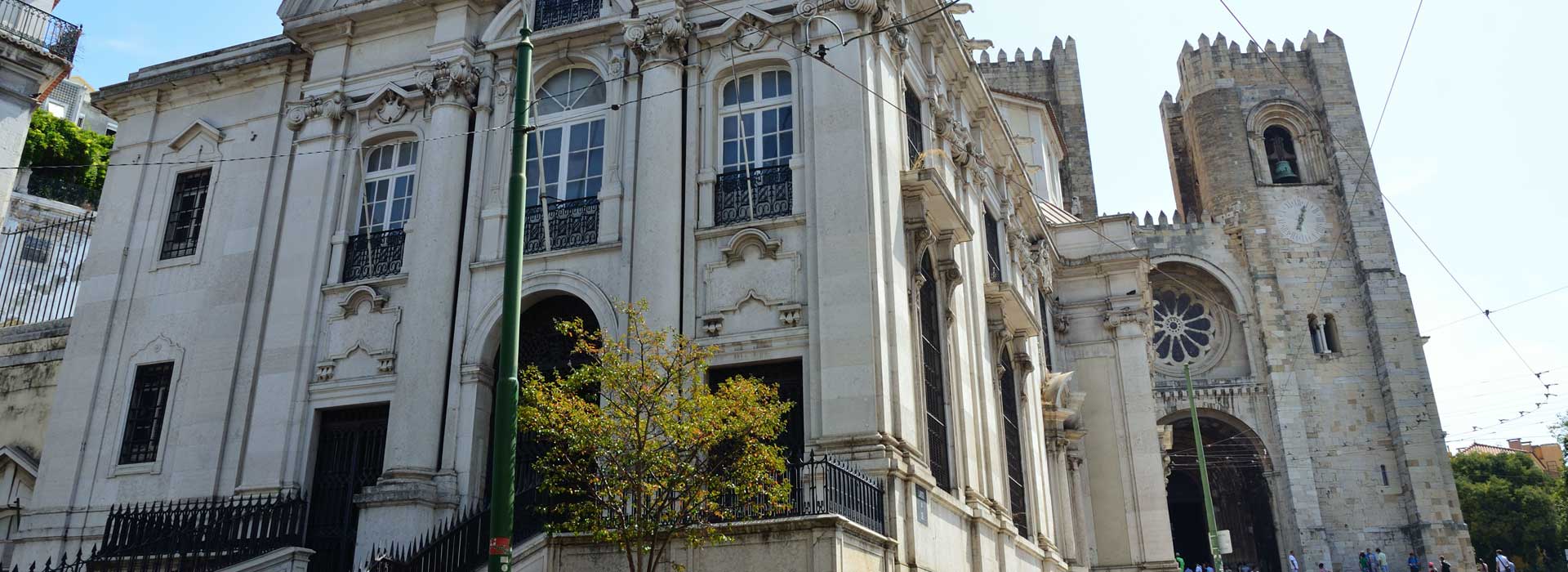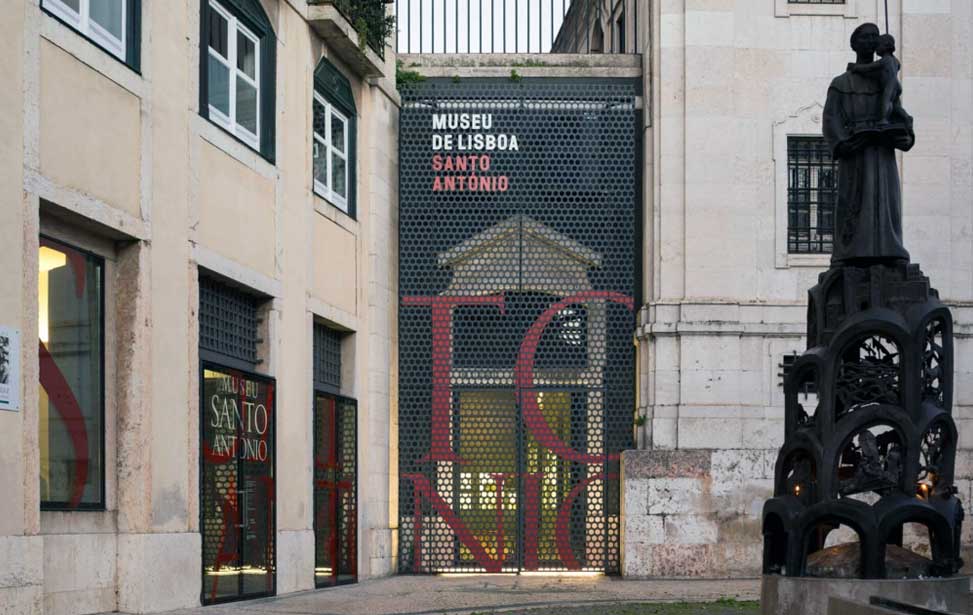
Saint Anthony (Santo António) Church
The Church of Saint Anthony (Antonio di Padova or Anthony of Lisbon) in Lisbon is a significant landmark that holds deep historical and religious importance. Located in the Alfama district, this church stands on the site where Saint Anthony, Lisbon's patron saint, is believed to have been born in 1195. Saint Anthony is renowned for his eloquent preaching and his role in reconciling families, which has made him a beloved figure in the city. Most Catholics know Saint Anthony as Anthony of Padua, after the Italian town he spent his later years.
He was born into a wealthy Lisbon family and went by the name of Fernando Martins. He joined the Franciscan Order and travelled to North Africa and Italy, and befriended St Francis of Assisi, the founder of the Franciscan Order. Anthony is remembered as a miracle worker. Saint Anthony is the patron saint of matchmaking and of lost objects, among various other patronages. He died on the 13th of June 1231 in Padua aged only 36. He was canonised the following year.
The church itself is an exquisite example of Baroque architecture with intricate details and elegant design. The Baroque-Rococo-styled church we see today is an 18th-century reconstruction after the 13th Century original succumbs to the great earthquake of 1755.
Inside, you'll find beautiful chapels and altars that honor the life and works of Saint Anthony. The interior is adorned with ornate frescoes and decorations that reflect the religious and cultural heritage of Lisbon.
Adjacent to the church, the Museum of Saint Anthony offers visitors a fascinating journey through the life and legacy of the saint. The museum houses a collection of artifacts, relics, and historical documents related to Saint Anthony, providing a deeper understanding of his impact on the city and beyond.
Visitors can pay their respects at the saint's shrine, light candles, and admire the church's peaceful atmosphere. The Church of Saint Anthony and its museum are must-visit attractions for anyone seeking to explore Lisbon's rich history and spiritual heritage.
About

Saint Anthony (Santo António) Church - Interior
The exterior façade of the late Baroque-style church seems too formal to be a church. Reconstruction began in 1757 only two years after the original was destroyed. The interior is bright and more welcoming with light streaming through the dome on the ceiling illuminating the marble patterned floor. The interior is also adorned with statues and images of Saint Anthony’s life. The main chapel contains a wooden statue which pre-dates the 1755 earthquake. One of the altars contains a painting said to be an accurate effigy of the saint. The sacristy is decorated with 18th-century tiles. A newer tile panel commemorates the visit of Pope John Paul II to the church in 1982 who insisted on visiting the crypt of Saint Anthony below the main church the saint's actual birthplace and home to his many relics.
The 13th of June is St Anthony’s feast day and is a cause for great celebration in Lisbon. In the days preceeding the festival areas of the city are festooned with brightly coloured decorations, food stalls are set up and entertainment throughout the city's streets. Traditionally mass-marriages also take place during the festivities.
Weekdays: 08h00 – 19h00, Weekends: 08h00 – 19h45
Museum of Saint Anthony
The permanent exhibition also looks into the multiple occasions the saint features on the calendar of popular festivities, including processions, weddings, festivals and marches. The neighbouring Church of Saint Anthony is built upon what is commonly regarded as his birthplace.
Tuesday – Sunday: 10h00 - 18h00, Monday: CLOSED (last admission at 17h30)
Adult: €3.00, Concessionary: €1,50,

Museum of Saint Anthony
Getting to the Museum and Church of Saint Anthony
714, 732, 736, 737, 76012E, 15E
Contact Details
22 Largo de Santo António da Sé, 1100-499 Lisbon, Portugal.
38° 42' 36.4" N | 09° 08' 02.5" W | +351 217 513 200
santoantonio@museudelisboa.pt | Website



 Lisbon Card Discounts
Lisbon Card Discounts






